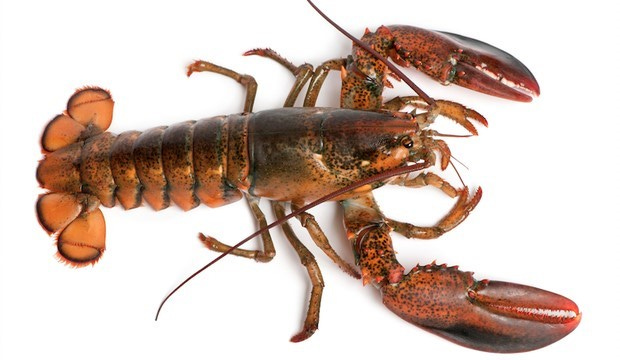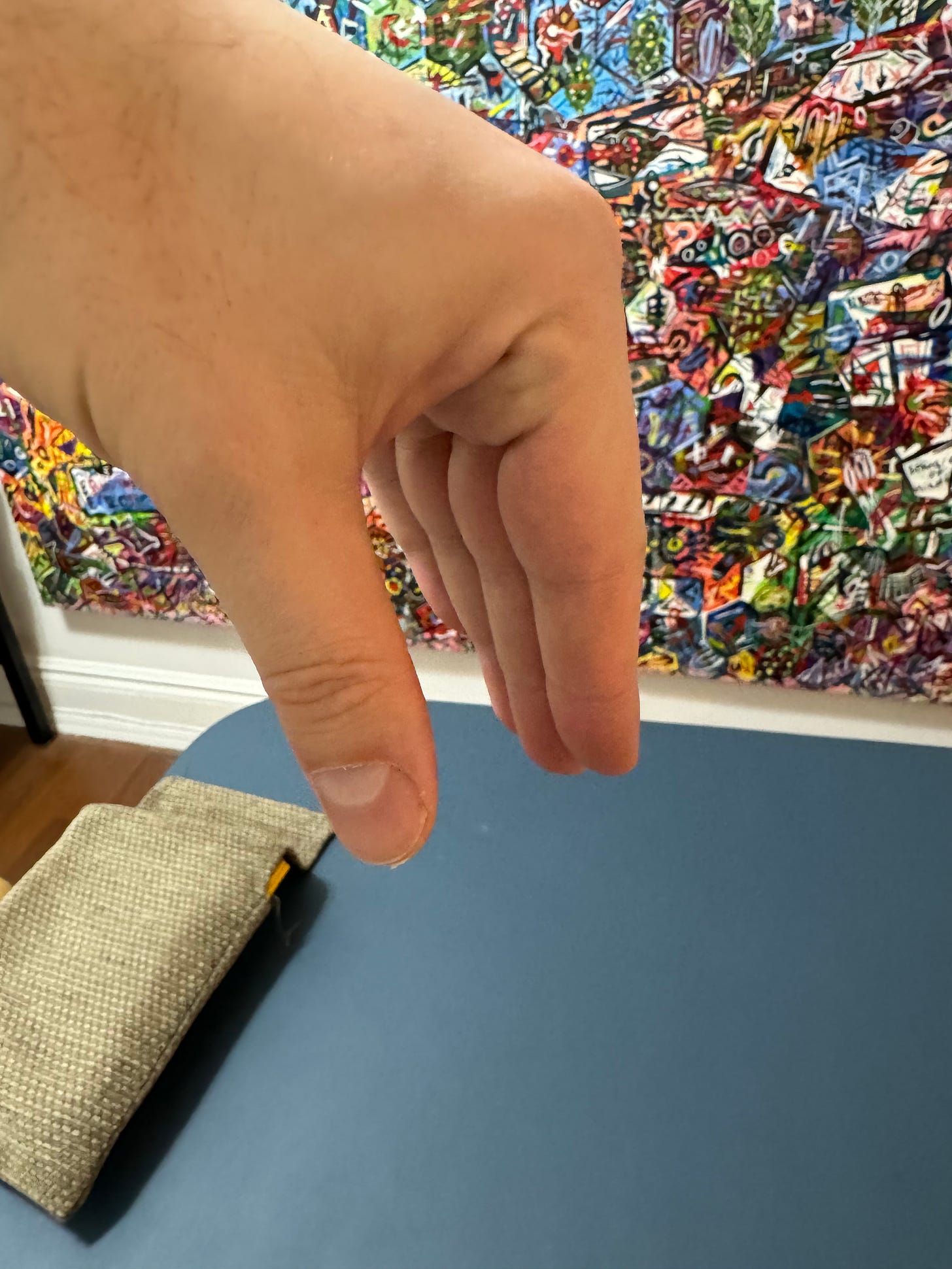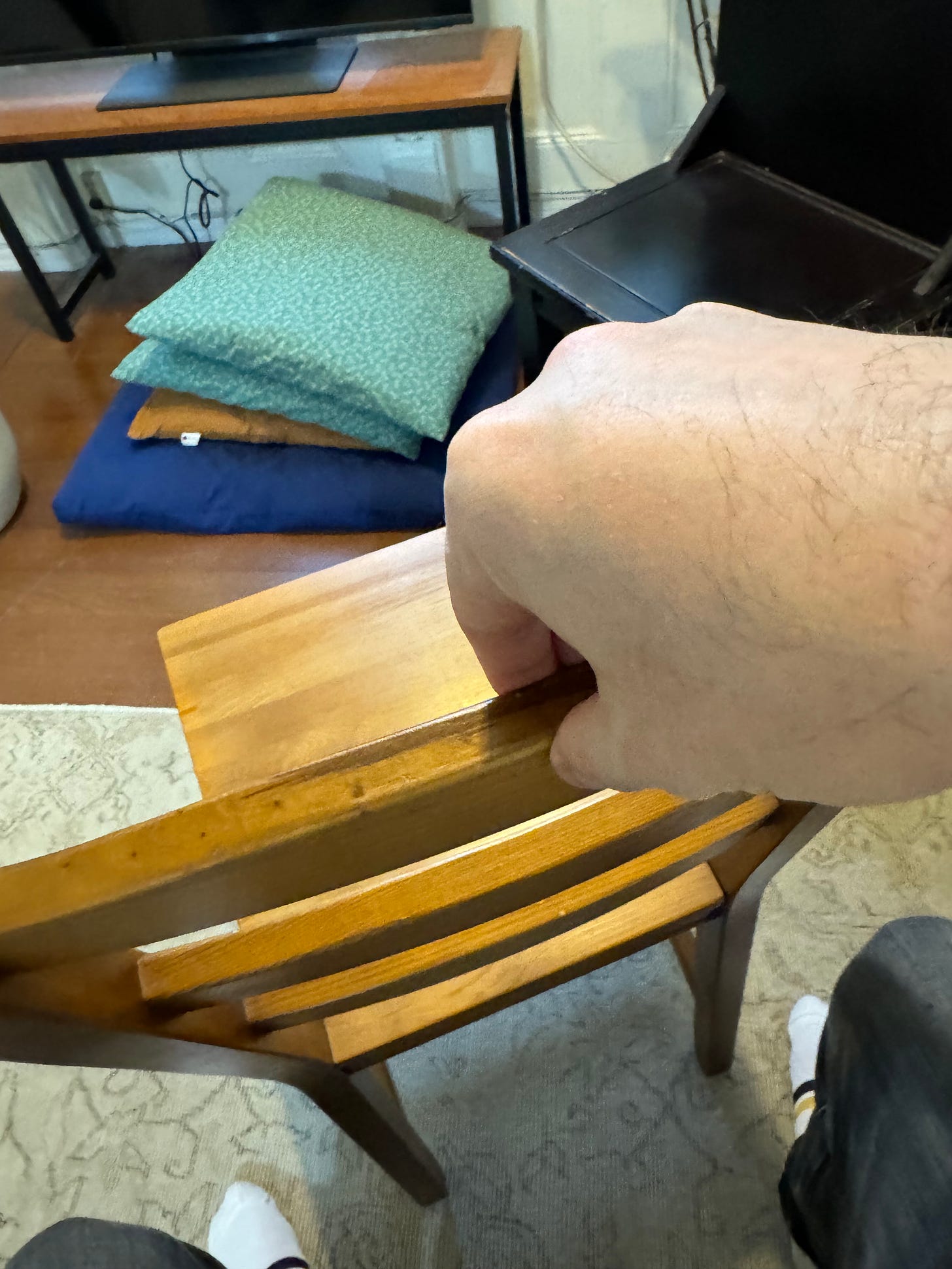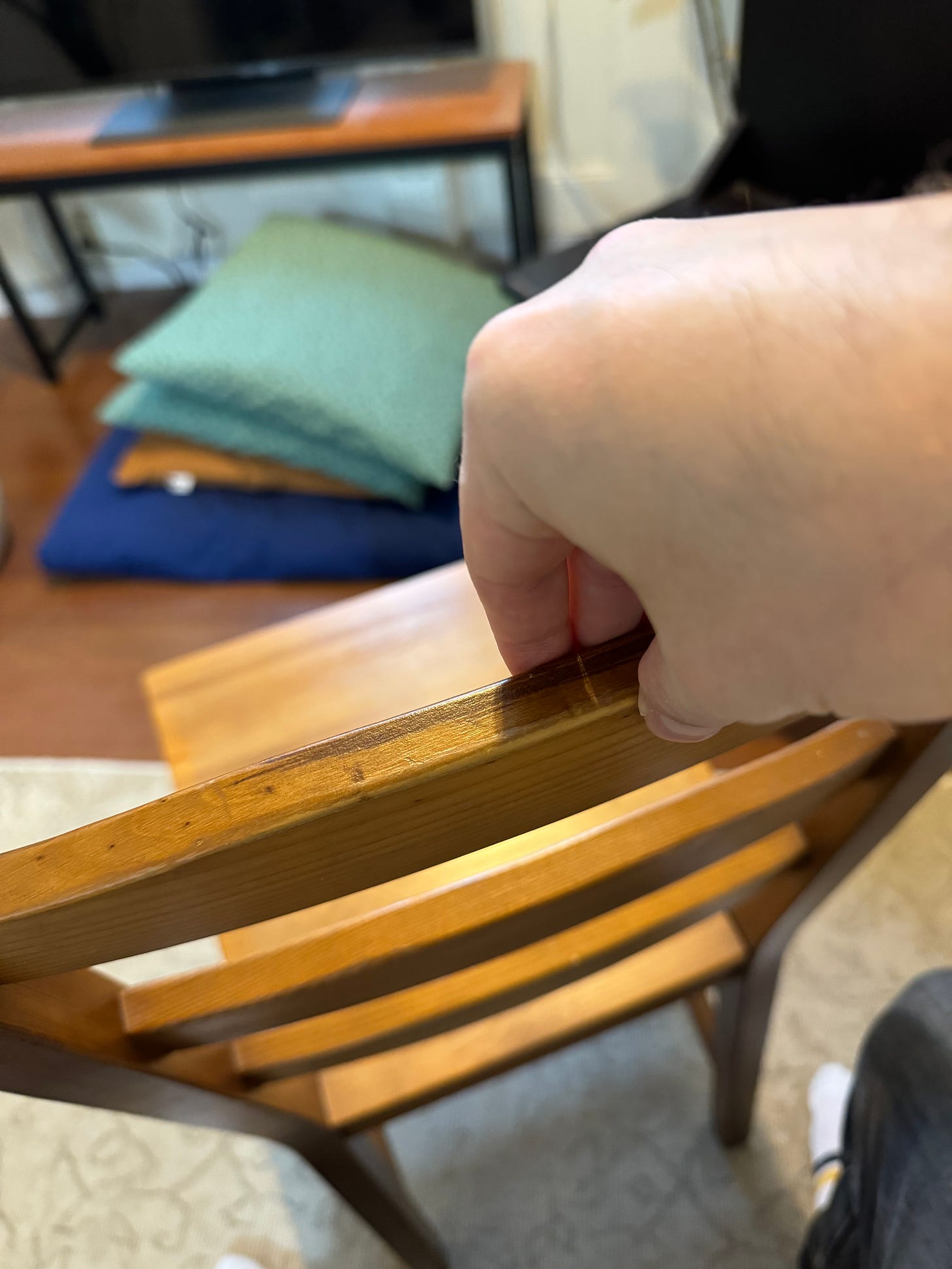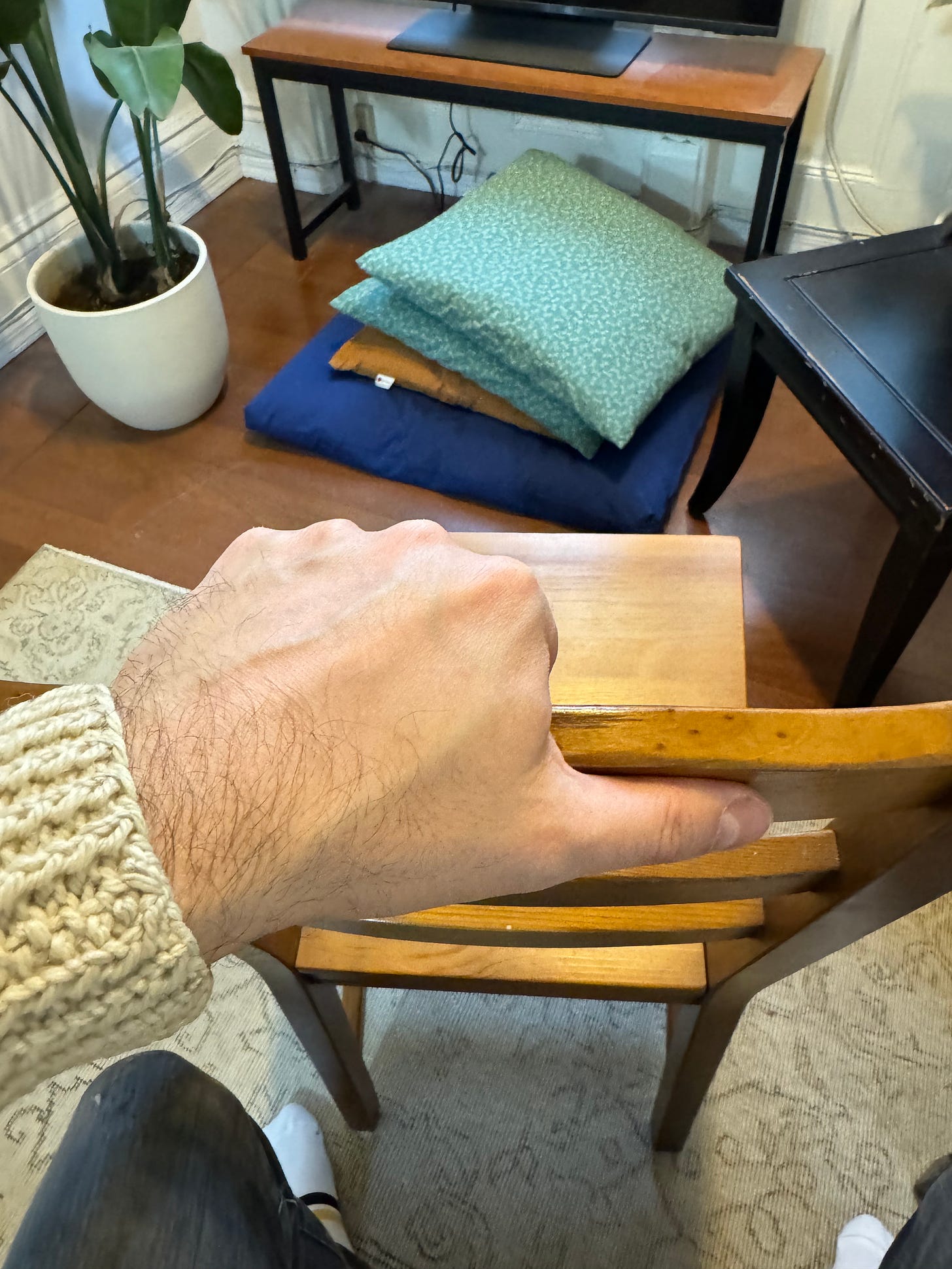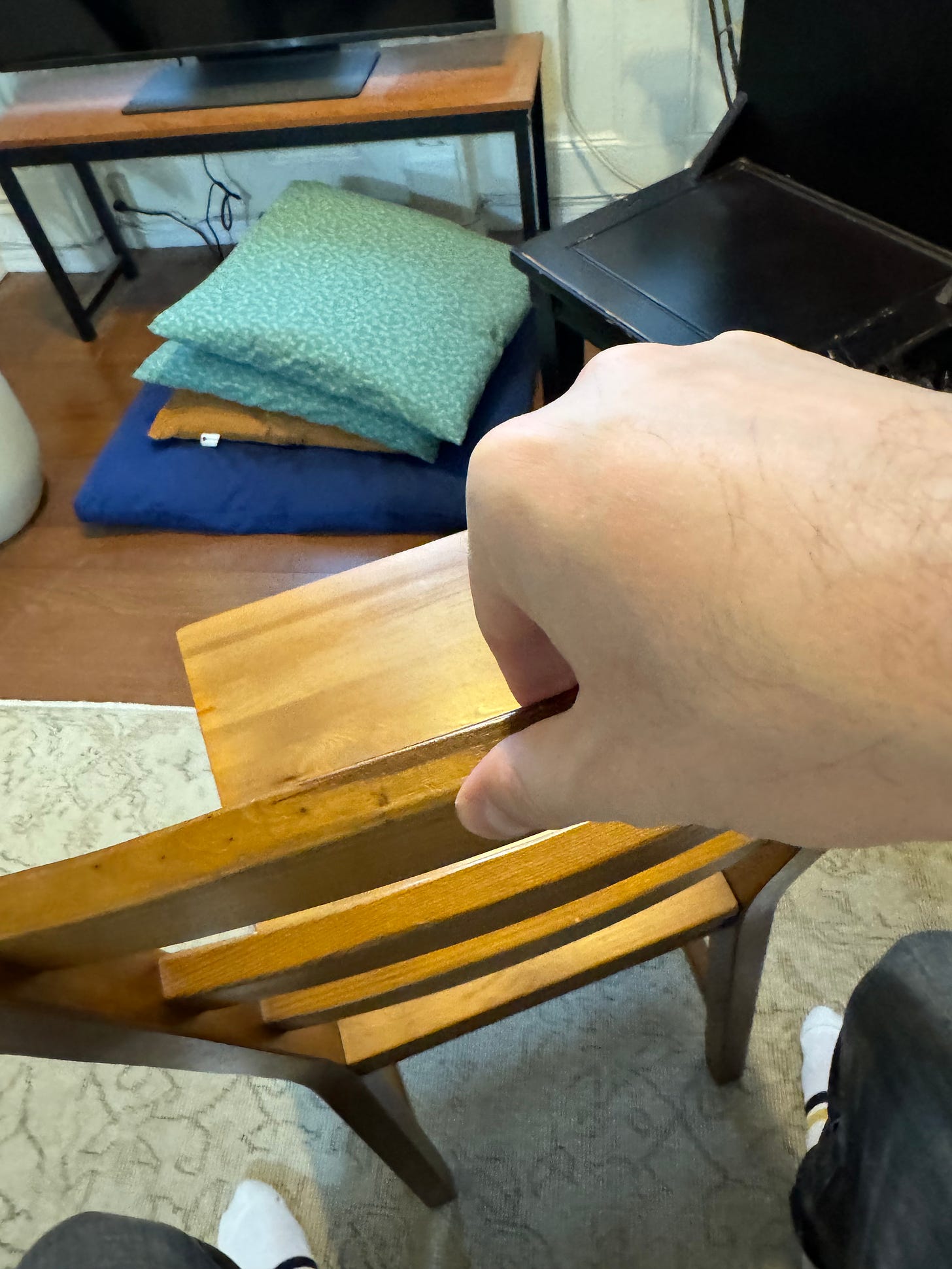Welcome to another blogs! Last week I was in Germany so I decided to take a break from the contact series because…well… taking photos of your hand at JFK at an Italian “restaurant” is not that much fun. Unless you like looking at photos of me man-handling an over-cheesed non-sauced pizza. No. Not a white pie. Those are OK. I’m talking about a restaurant that’s run so low on tomato sauce that they are doling it out onto pies in a hunger games-esque lottery style system but hey at least the Caesar’s salad was fine all the while the wait staff act like everything is normal kinda situation.
Wait.
What happened?
Oh right. You came to read about the Alexander Technique!
In my last post on contact. I alluded to 2 different types of activities for the hands/arms; weight bearing and dextrous. This week, I’ll explain what the pincer grip is and why it’s a good thing for degunking the arms. But first, let’s just take a look at what I’m talking about!
Oops…. Not that pincer…
Yeah… that one!
Before I go on to talk about WTF is happening with this hand position, let me first stress that there is no need to strain the hands to make a pincer. It should feel more like you’re operating a puppet mouth than making a forceful grip. From there, you could play a game and dial up the tension if you want to pick something up.
Why Use The Pincer Grip?
FM Alexander found that this grip was a very useful way to lengthen the finger muscles. This is a great way to explore and release excessive tension from the elbows to the fingertips (aka the full length of the fingers). If you take the time to figure out how to make a pincer grip, you’ll be able to use it to take breaks from your job and release tension in the arms (and also expand your torso).
But before we talk about releasing tension via the pincer grip, I want talk about simply making contact with an object and observing the tensions of the arm, shoulder, back, and neck. If you don’t take the time to do that, you’ll likely jump the gun and try to make your arms feel better without having considered what is happening in the moment.
Please consider what is happening in the moment!
But don’t dwell on it!
Making Contact with the Pincer Grip
I recommend you find a chair with a railing to start exploring hand contact with the pincer grip. It will look like this!
It may be hard to see in the photo, but the pads of the fingers are all touching the chair rail.
When I do this and have excessive tension in my arms, I may feel that I’m pressing down into the chair or pulling it towards me unintentionally. This will almost surely pull my torso down and tense up my neck. It doesn’t feel great, but if I can at least identify that sensation that’s a good place to start!**
Don’t Force the Thumb to be Correct
When making the pincer grip correctly (aka without excessive effort), the thumb will line up with the middle finger.
In the picture above, I’ve done a rough and ready attempt to align my thumb and middle finger. Given the tension in my right arm, the astute reader will see that the pad of my thumb is not completely flush with the chair rail. That is, the thumb is slightly rolled toward the index finger. You may not be able to see this, but I could certainly feel tension in the hand/elbow.
Instead of forcing the thumb into the “correct position”, a far better idea is to let the thumb be further away from the wrist.
In the images above, I’m showing a few variations on what you can do with your hand to explore making contact with a pincer grip. The key takeaway is to fold the 4 fingers along the knuckles. The thumb can be anywhere really so long as you don’t feel tension building up.
Contact Beyond the Chair Rail
Playing this contact game with the hands gave me a lot of information about the amount of tension flowing through my arms. But I don’t exclusively go around touching things with a pincer grip. That would be weird…
One of the things I have noticed is that there is a similar feedback that you get from resting the arms on a chair’s armrest. Ideally, the arms should make contact with the armrest without pressing down or out or in. They should rest with total neutrality.
I think these contact explorations are very helpful. In time, you’ll hopefully notice subtle variations in how you make contact with objects and will be able to find new ways to interact with everyday objects. Finding the link between tension in the arms and tension in the head, neck, and back will serve you very well as you develop your coordination.
Fear Not. Help Is On the Way!
The most powerful way to use the pincer grip is to learn FM Alexander’s procedure Hands on Back of the Chair (HOBOC). This is a procedure that combines a hip hinge, a shoulder/elbow/wrist opening, and a pincer grip to help you expand the volume of the torso. It’s a terrific challenge.
Before you get into practicing HOBOC, take a little time to play around with the pincer grip and see how light you can make it. And as always, do ask questions if anything is unclear!
**Ideally, if everything is organised exceptionally well, I will feel that my hand can touch the chair and the whole arm can lightly suspend in the air.



